Choosing a pattern for your wood floor is a crucial decision in a construction or renovation project. The wood flooring pattern shapes the floor’s appearance and impacts the flow of the room. Furniture placement also largely depends on the flooring pattern. Although the material used is similar, the right installation pattern will have a huge impact on the overall look.
With the variety of choices available in the market today, it is easy to feel overwhelmed. A good idea is to seek professional help from the professional wood flooring experts. When you do, let them know your needs and wants, or any ideas you might have to give them an idea of where to start.
Picking the right flooring patterns will transform your space and express your unique style. Check out these seven best ideas for wood flooring patterns:
1. Straight Pattern
The straight pattern is the most common wood flooring pattern. It has been around for decades. This simple yet clean and modern look flows beautifully through any home, and it will never go out of style. It’s executed by installing the floorboards parallel to each other along the width or length of a room.
This creates an illusion that a room is wider or longer than it is. A straight pattern enhances the look of wood and can be used to create contemporary, yet simple, designs. It is also the most cost-effective and easy to install.
2. Diagonal Pattern
This type of wood flooring patterns is similar to the straight one with one notable difference: it runs from one corner to another instead of wall to wall. Executing this design requires a high level of experience and skill. The pattern adds a formal touch and luxury to a space while maintaining the traditional straight installation of hardwood floors.
The floorboards are installed parallel to each other and laid at an angle of 45° to the walls. A diagonal pattern maximizes the length of a room and makes space appear larger. It’s ideal for tiny spaces such as those in apartments and condos. If a room has a rather unusual shape, this pattern is the ideal option as it ensures the floor doesn’t look off in comparison to the structure of the walls.
3. Random Pattern
A random pattern is quite similar to a straight pattern, the obvious difference is in the width of the boards in each row, which vary in size. One could be 5 inches, the other 7, and the next 4, but the pattern itself remains consistent. The design introduces movement and dimension to the eye and space in a room.
In older homes, the planks were cut to achieve different widths and utilize as much wood as possible. A random pattern gives you more customizing options and adds a rustic, energetic feel to a space.
4. Basket-weave Pattern
One of the main benefits of using this pattern is that it fits in almost any space regardless of the room’s size. It is mainly made from maple and oak and laid diagonal or parallel to the walls of a room. Generally, lighter colours are preferred, but you can spice things up by using darker species, such as walnut, which acts as an accent to the pattern.
A basket-weave pattern can add dimension to any space with the woven appearance of planks fitting over and under other planks. This flooring pattern is intricate, but it adds depths of visual interest and texture.
5. Brick Pattern
A brick pattern is supposed to resemble traditional brickwork. It is a simple design that can be used on the whole floor, or just a small area, which can then be surrounded by borders. The “bricks” are alternated vertically and horizontally to add interest and visual appeal. You can use this pattern to complement other complicated designs and add a rustic feel to the space.
6. Herringbone Pattern
The herringbone flooring pattern is one of the latest trends in home design. It can be described as a diagonal, zigzag pattern that is found in many homes today. This pattern is used for hardwood floors, backsplash and tile. In a word, it is the new parquet and resembles a twilled fabric laid out in square sections or the traditional manner.
Herringbone wood pattern floors are common in distinguished European Chauteaus. It is commonly mistaken for chevron and French herringbone. The wood pieces are specifically cut at an angle of 90° on both ends. This angle-cut has a huge impact on the style when the floor is laid down.
The herringbone pattern also offers a variety of customizing options as you can choose the type of wood you want and whether to place the boards vertically or horizontally, or decide to have a border or not.
7. Chevron Pattern
A chevron pattern shares many similarities with the herringbone pattern, but it has some notable differences. Both chevron and herringbone use equal-sized woodblocks arranged in a zigzag pattern. The difference is that in a chevron pattern, the woodblocks are cut at an angle to create a straight line where the end of each piece meets the other. This pattern was used to decorate Versailles and was preferred over the “traditional parquet de Versailles.”
Tags: contemporary, flooring, home improvement, real estate, wood

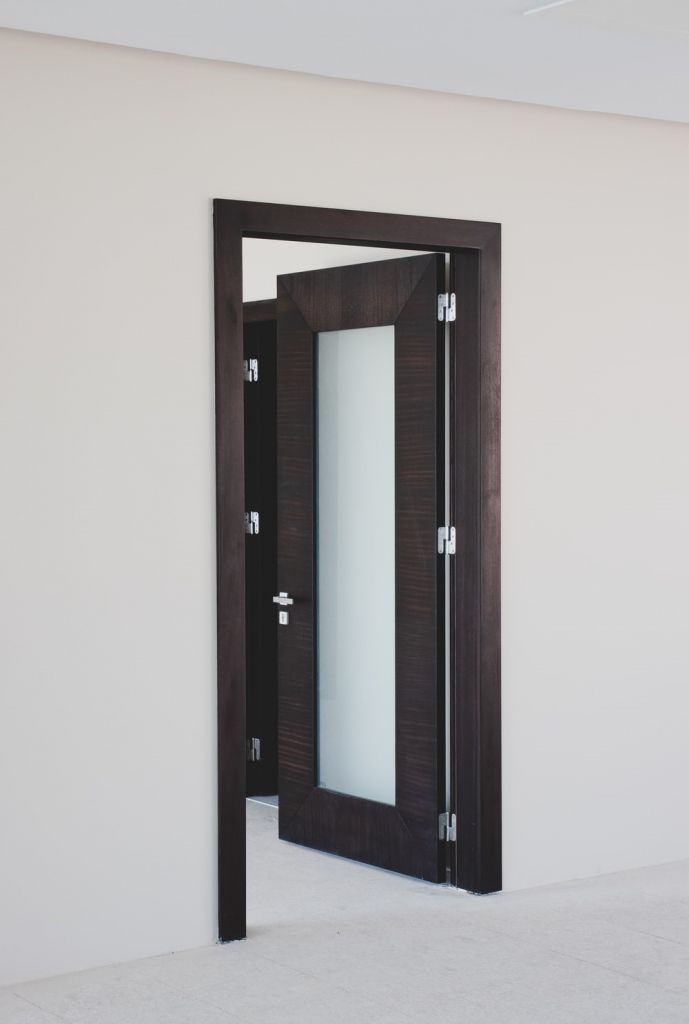 The perfect door can change your home’s entire style and look, not only to the interior but also to the exterior. Doors are extremely underrated when it comes to
The perfect door can change your home’s entire style and look, not only to the interior but also to the exterior. Doors are extremely underrated when it comes to  REVIEWS AND RECOMMENDATIONS
REVIEWS AND RECOMMENDATIONS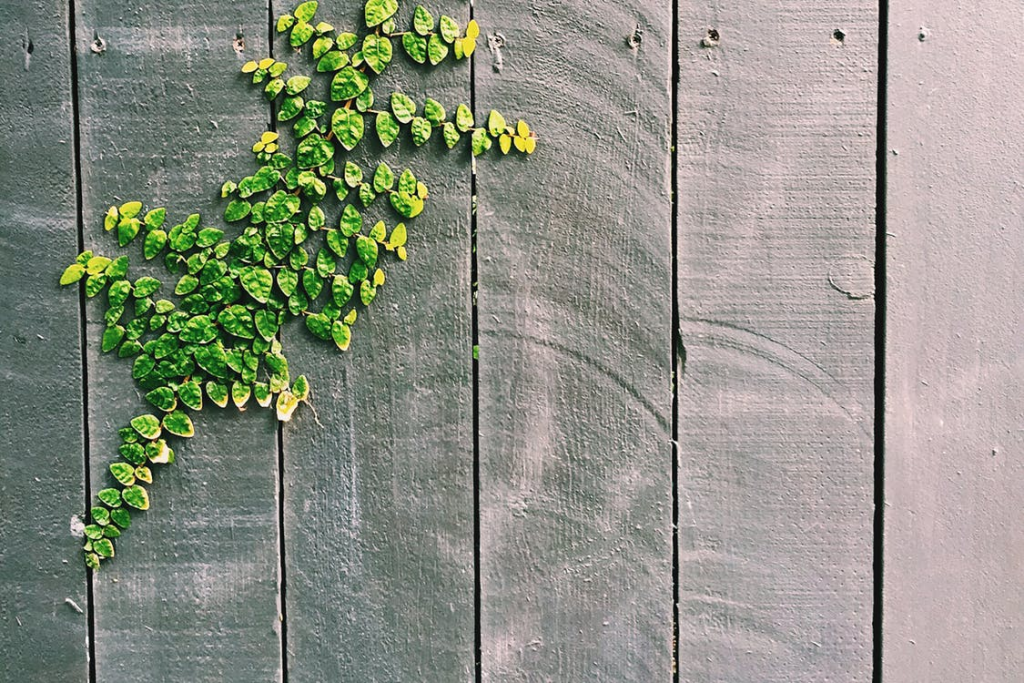



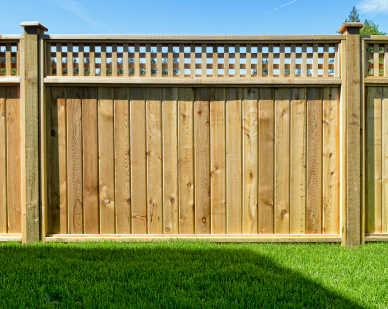

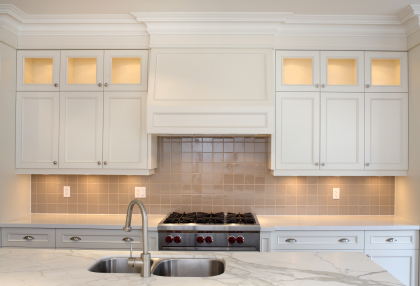

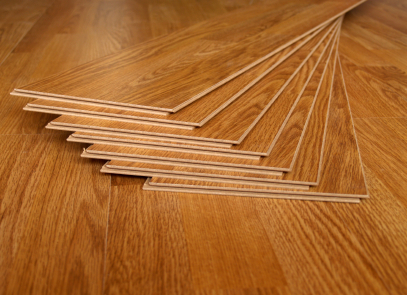
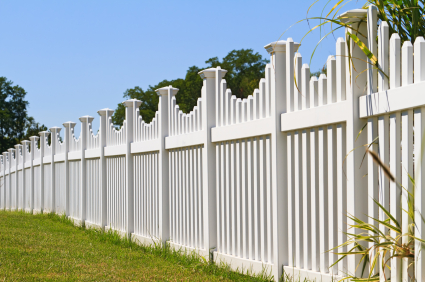

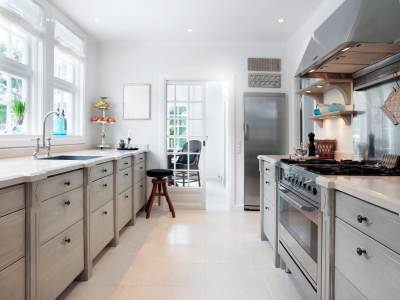
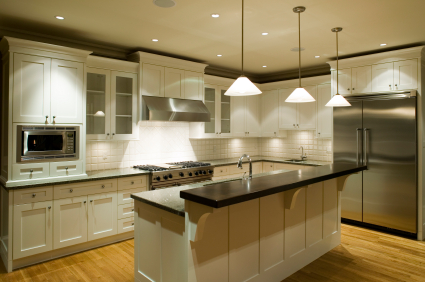
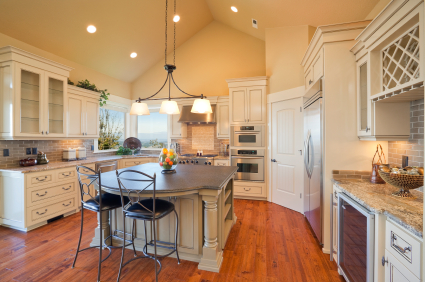
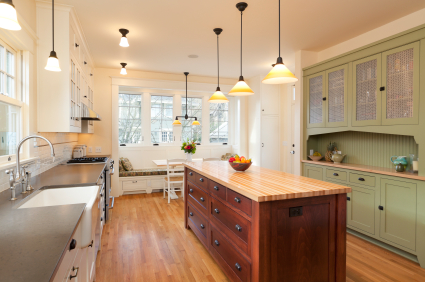
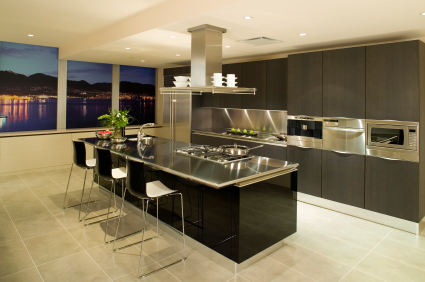
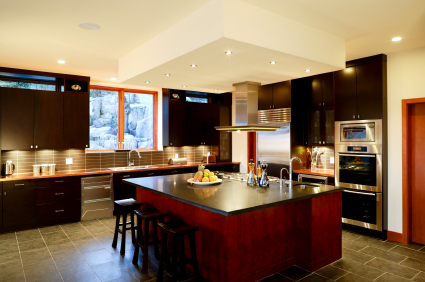

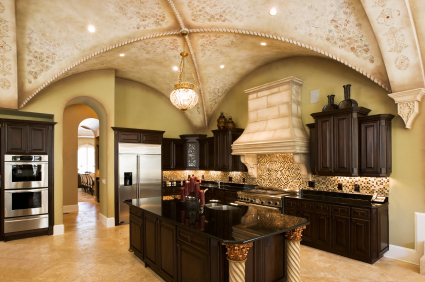
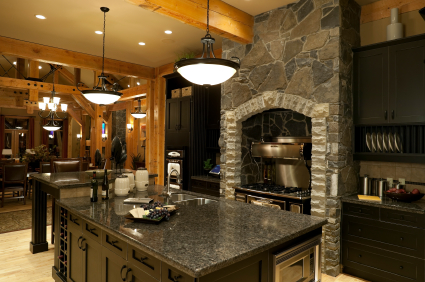
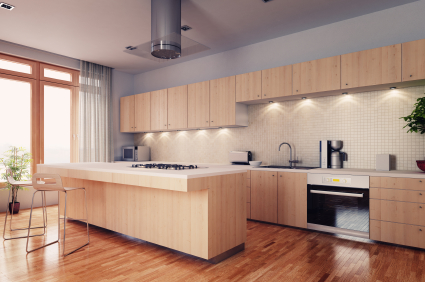
 Best Case Scenario
Best Case Scenario Other common materials include wood, aluminum, and fiberglass. Wood is an excellent insulator but is expensive compared to vinyl. It also holds up poorly in humid regions and can rot over time especially if rainwater is allowed to accumulate.
Other common materials include wood, aluminum, and fiberglass. Wood is an excellent insulator but is expensive compared to vinyl. It also holds up poorly in humid regions and can rot over time especially if rainwater is allowed to accumulate.